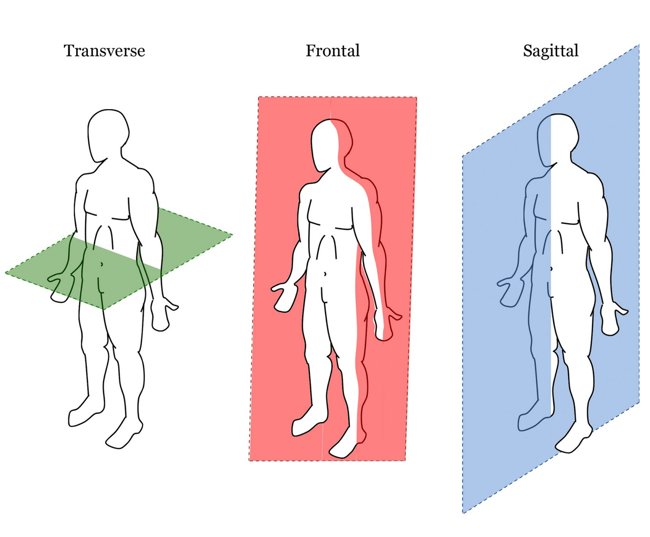Tend to Your Forearm Tendonitis!
Have you ever experienced a burning sensation in the small tendons and muscles in your forearms? Do you encounter this feeling after strain, overuse or too much exercising involving your forearms? You may be suffering from forearm tendonitis.
Forearm tendinopathy and tendonitis are some of the most frequent encountered disorders of the upper extremity. With forearm tendonitis individuals present with progressively increased pain in their forearms over a subacute or chronic period. Although forearm tendonitis can be caused by a sudden injury, such as a motor vehicle accident, it most commonly occurs through repetition of a particular movement over time. The importance of proper technique in work duties and hobbies is crucial to reduce the stress put on the forearm tendons and musculature. Other infrequent causes include nerve entrapment in the forearm or arthritis.
The main symptom of forearm tendonitis is inflammation of the forearm tendons. This can cause pain, redness, and swelling around the elbow, wrist, and hand. Secondary symptoms of inflammation including warmth, weakness, throbbing, burning, stiffness, numbness, or the development of a lump on the forearm. Compromised forearm tendons and musculature intrinsically effects range of everyday arm or hand movements.
R.I.C.E:
Rest – Although it can be difficult to stop using your forearm muscles in everyday tasks, constricting movement in a brace or splint will reduce the overall healing time of the inflamed tendons.
Ice – Applying ice to the affected area for 10-minutes a day is an immediate effective treatment after the forearm has been heavily used or inactive for a long period of time. Applying ice to the area will temporarily reduce blood flow and significantly reduce inflammation, swelling and pain.
Compression – Different sleeves and wraps are designed to compress either the full area or segments of it. Applying pressure will also reduce swelling by restricting the flow of blood and other fluids.
Elevation – Keep the forearm raised at a level above the heart to reduce the blood flow to the affected area. This intern will reduce swelling and other symptoms.
Exercise Rehabilitation:
Stretching and strengthening exercises of the forearm and surrounding musculature have been shown to assist in reducing the symptoms of inflamed and injured tendons. Targeted forearm stretching exercises including wrist extension, elbow extension and wrist rotations will help rehabilitation and strengthen the forearm slowly, as well as improve blood circulation through the forearm and into the wrist. Localised strengthening exercises including wrist curls, reverse curls and forearm pronation/supination can help build lost forearm strength and help prevent forearm pain from reoccurring.
Ergonomic Assessments:
By using biomechanical principles, adjustments can be made to your workstation to reduce the risk of overuse/repetitive movements that increase the risk of developing forearm tendonitis. This includes observing force, repetition, volume, and exertion on certain muscle groups to complete daily work tasks. Simple adaptations including using an ergonomic keyboard and adjusting your desk to an appropriate height can reduce the repetitive strain on your forearms.

James McNally (BSc – GradDipClin Exercise Physiology)
Workers’ Compensation Specialist ( AEP ESSAM)
References:
Eric Wagner, Michael Gottschalk. (2019). Tendinopathies of the Forearm, Wrist and Hand. Clinics in Plastic Surgery , 46 (3), 317-327.
What Is Forearm Tendonitis, and How’s It Treated? (2021) Healthline. Retrieved from: https://www.healthline.com/health/forearm-tendonitis#home-remedies
What are the causes of forearm pain? (2018) Medical News Today. Retrieved from: https://www.medicalnewstoday.com/articles/320782




